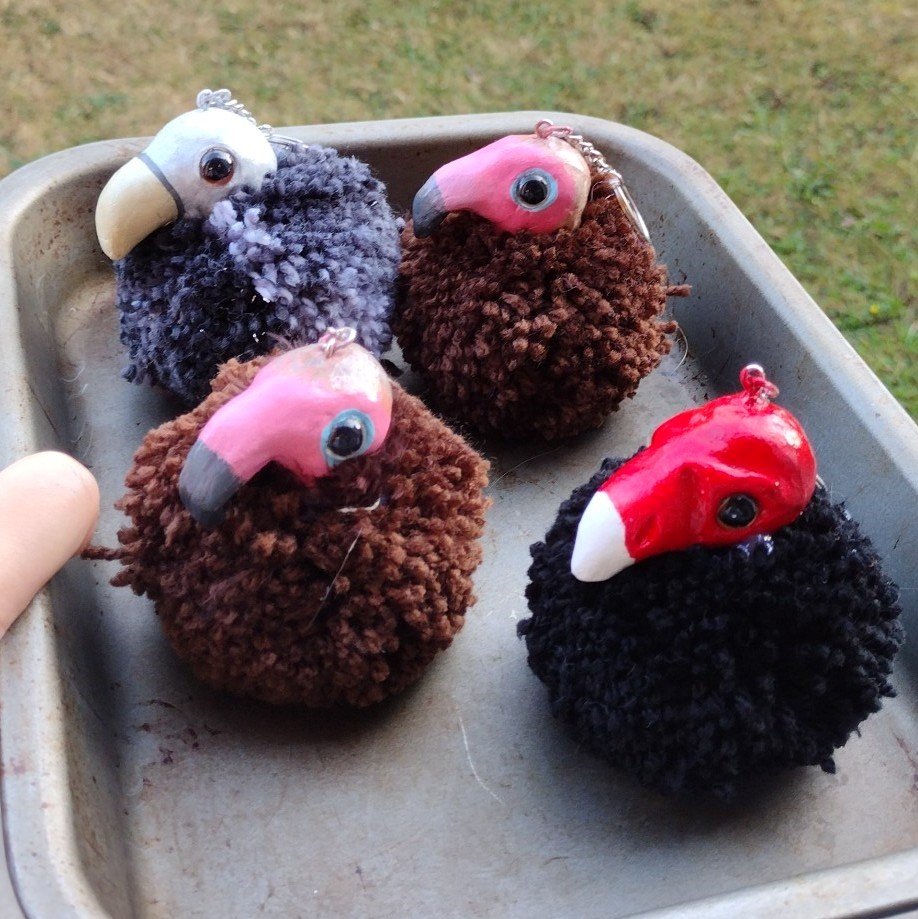Over the Halloween weekend, we received a call about a Kestrel that had been found in trouble. Using our new triage protocols to protect our staff, volunteers and birds against the high risk of Avian Influenza, we deemed this bird safe to be brought in.
Any hanging fabric in the natural environment can be a hazard for wildlife.
The finders found him caught up in an old rope swing in nearby woods and immediately brought it to us for assessment. Jess checked him over for injuries, which he thankfully doesn’t appear to have. However, he was covered in ticks! These small parasites are often found on our pets, and can spread disease so it’s important that we try to remove them from any patients we take in.
Ticks can be really small before they start feeding on their host’s blood.
Jess was able to remove 7 ticks before placing him into one of our isolation cages for monitoring. Overnight he managed to eat a small amount unaided, which is always a good sign.
The following few days saw Jess remove over 20 ticks from this Kestrel, who has been nicknamed Tick. We will continue to monitor him for any further parasites before moving him to one of our covered aviaries to assess his flight. He’s showing no signs of injury though, so all being well we’ll be granted permission to release him near where he was found soon.
Tick feeling a little worse for wear
UPDATE:
Unfortunately Tick developed an infection from all the ticks on his face, so required extra medication to clear that up. However, he bounced back and after his course of treatment was finished he was ready for release.
The original finders came and collected him and released him in the grassy area outside the woodland, where he flew off strongly before landing on some play equipment to survey the scene before moving into the trees.





























































































